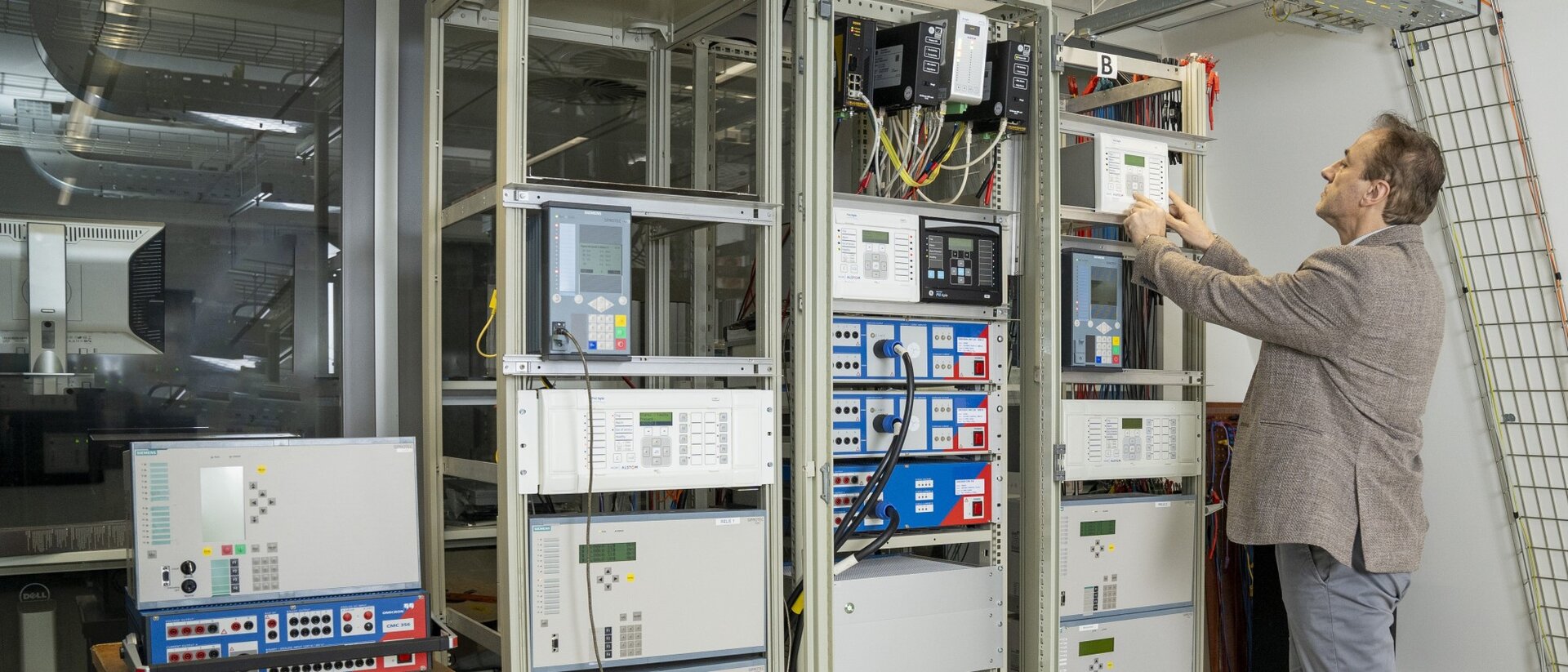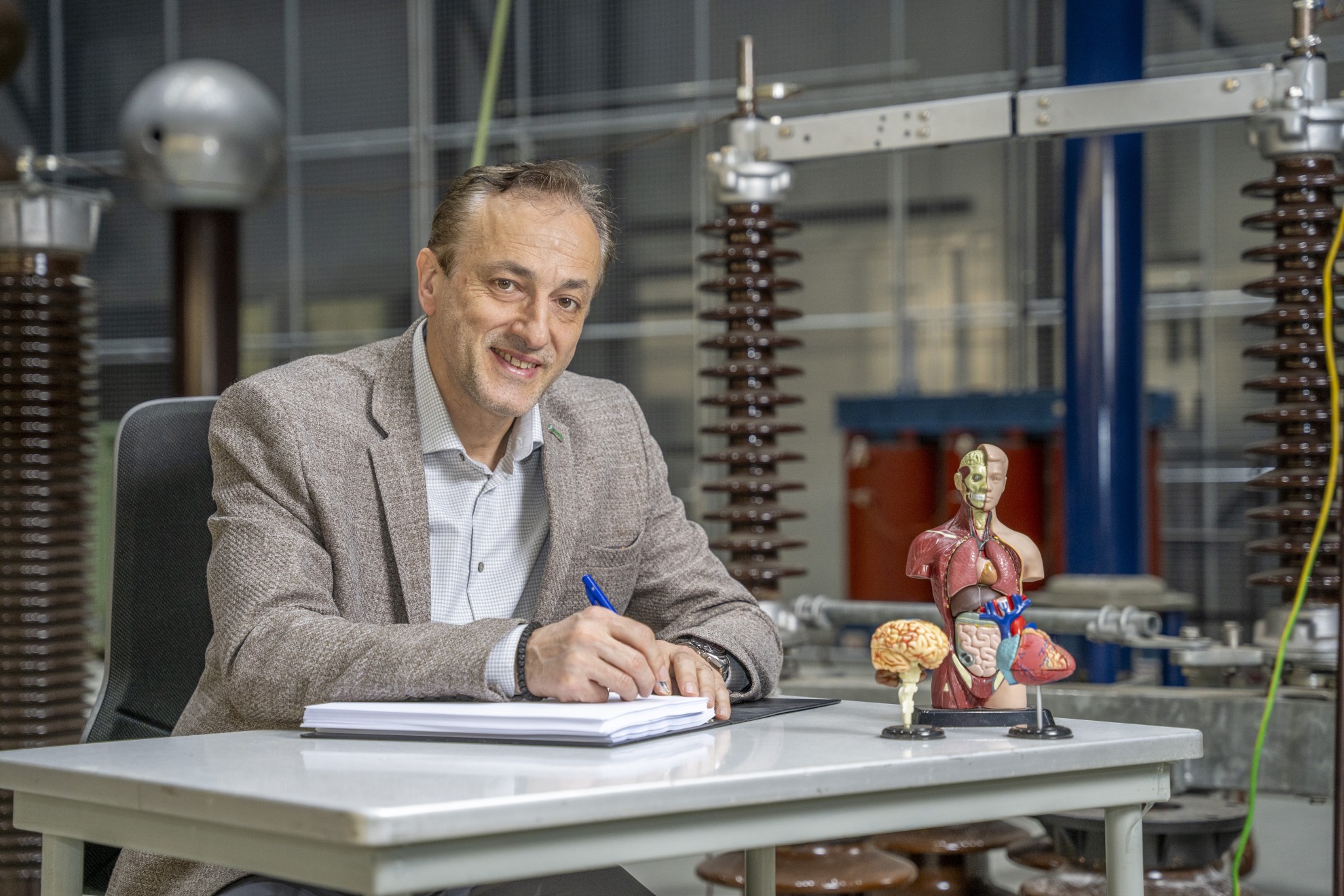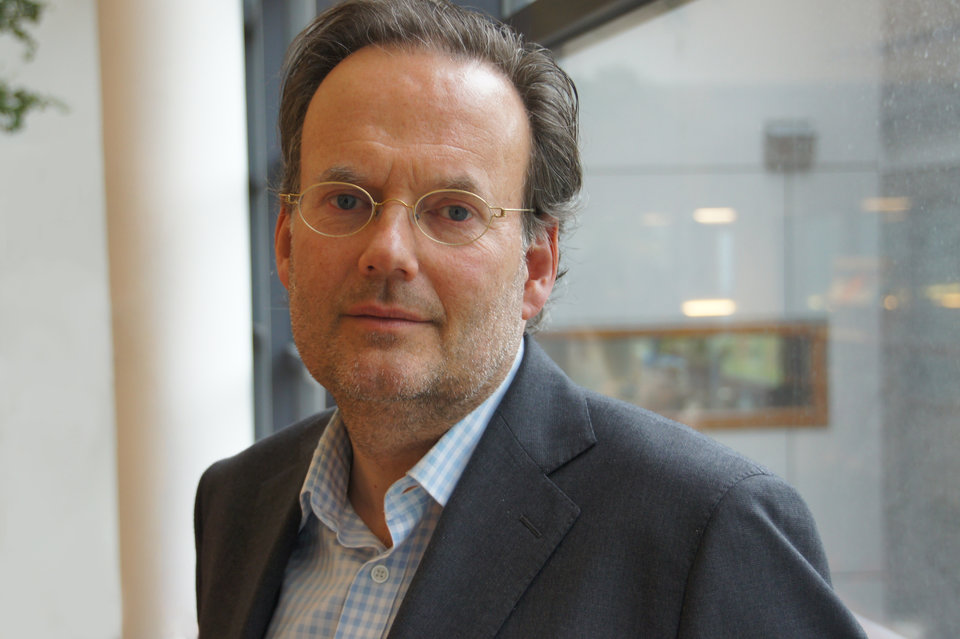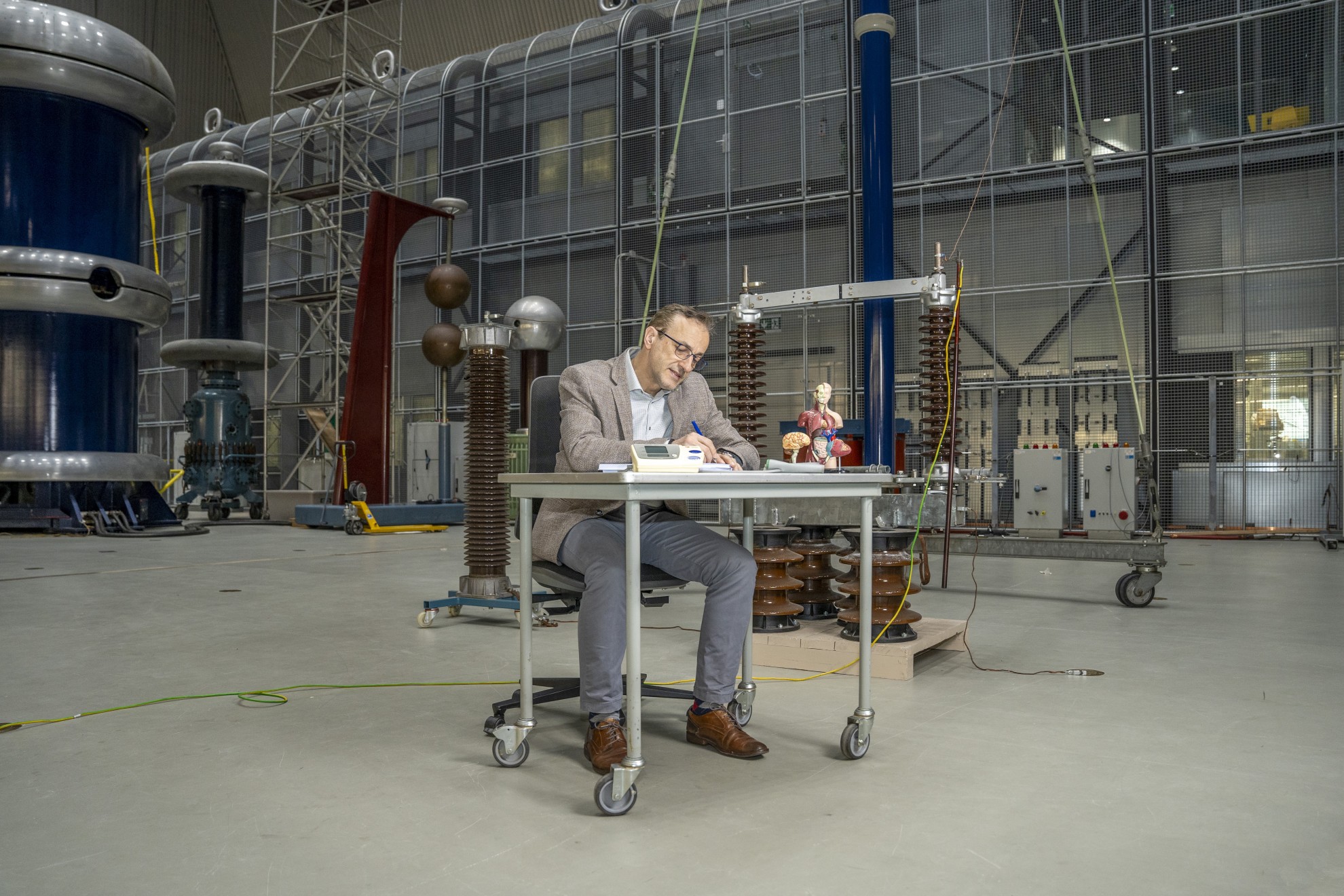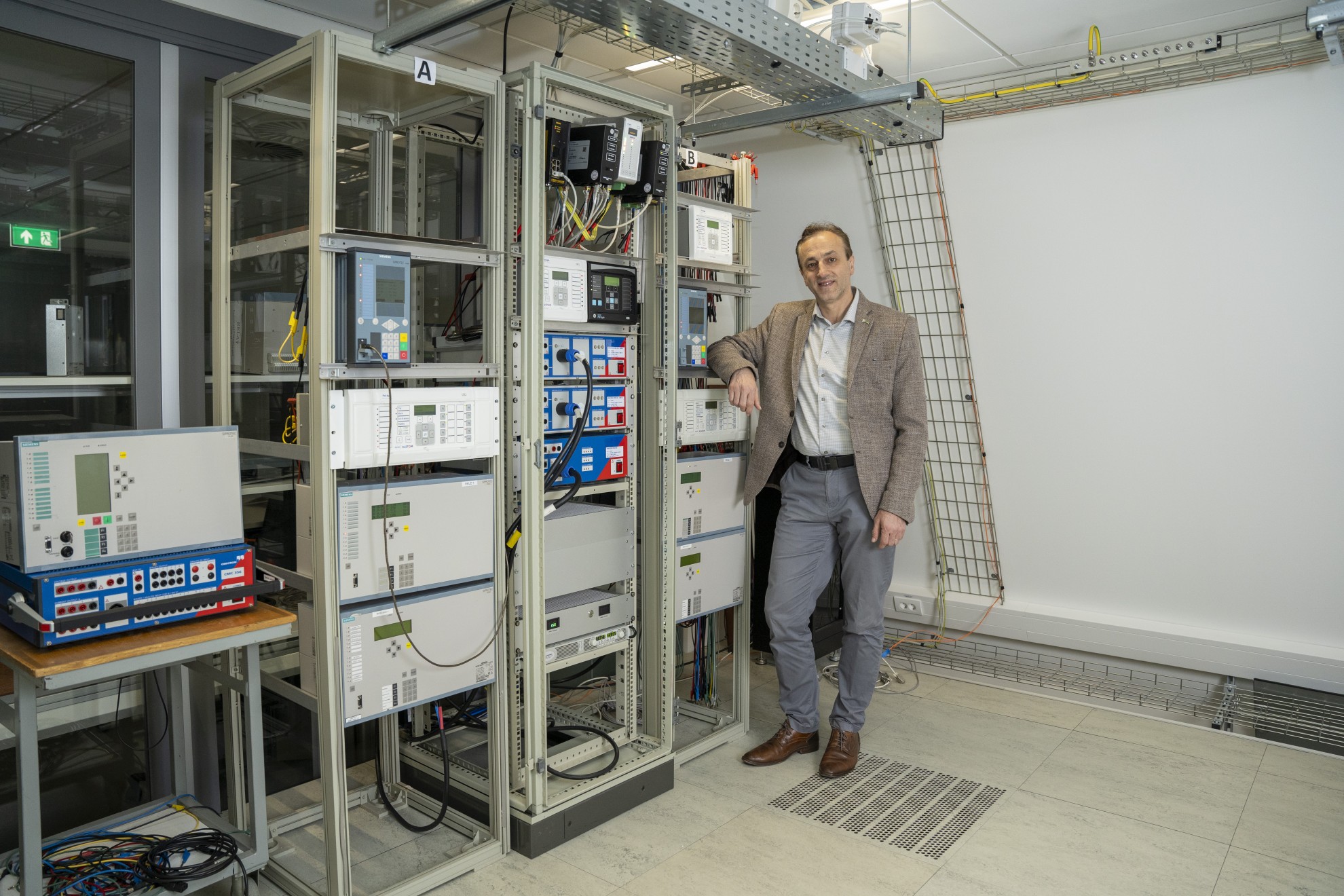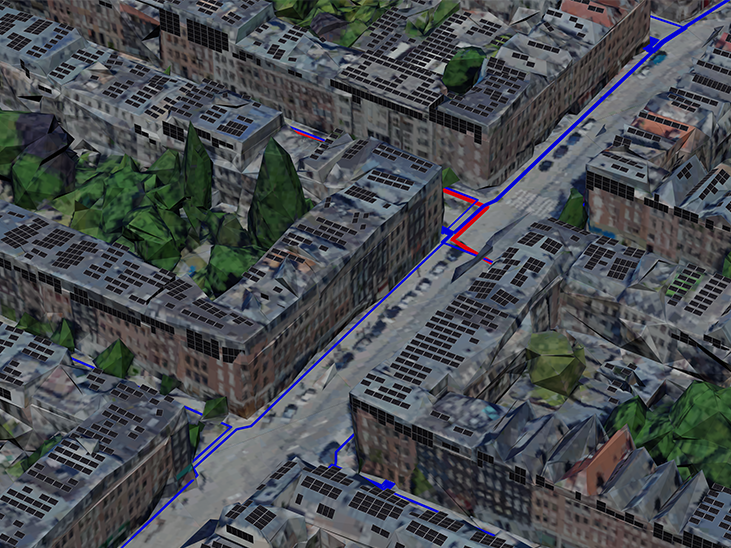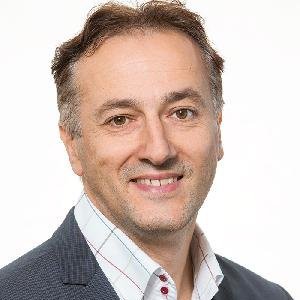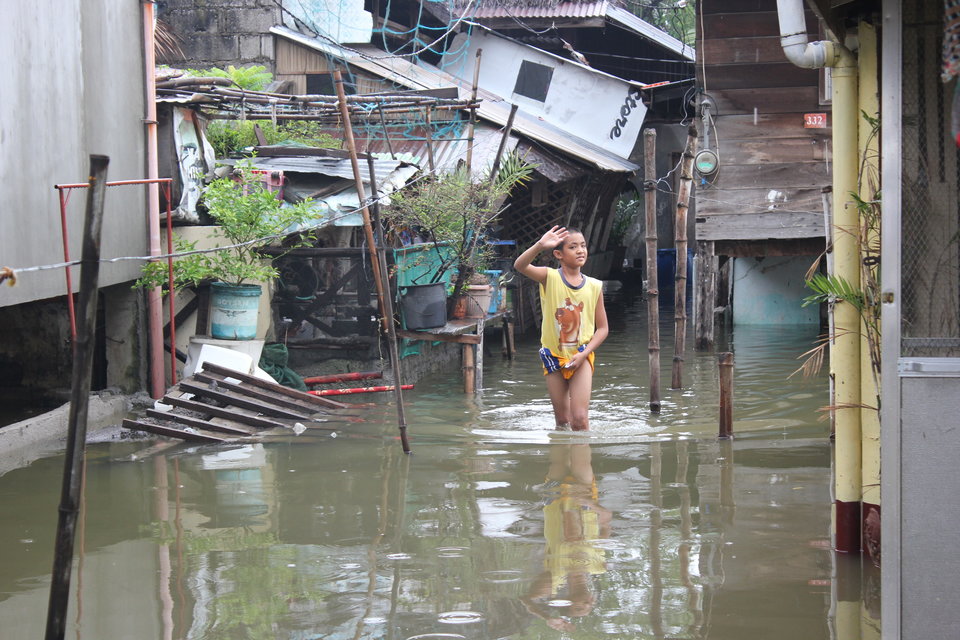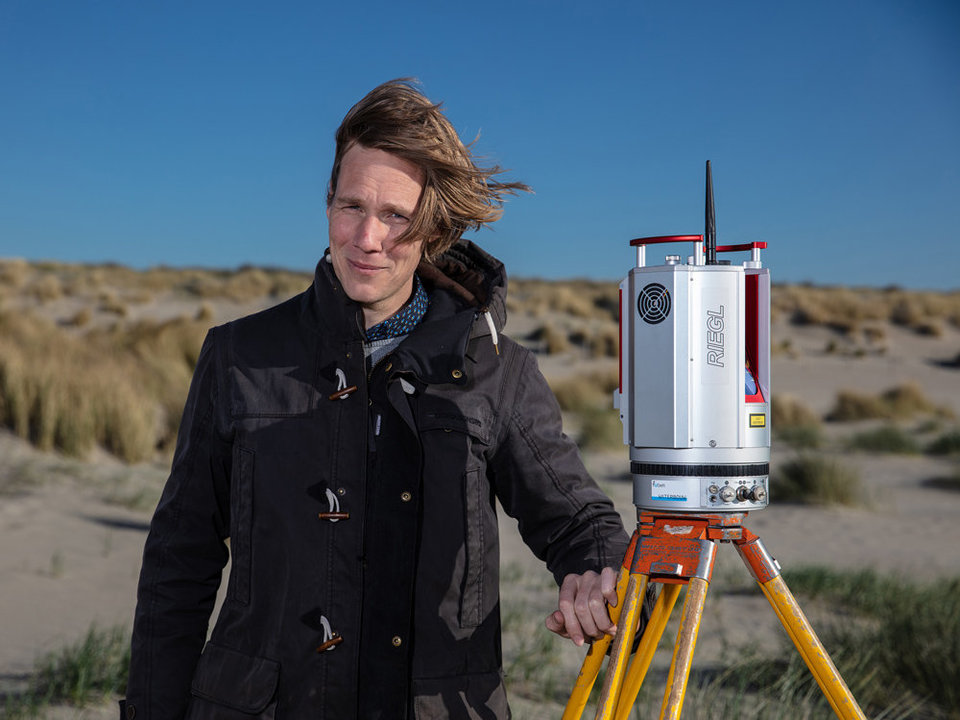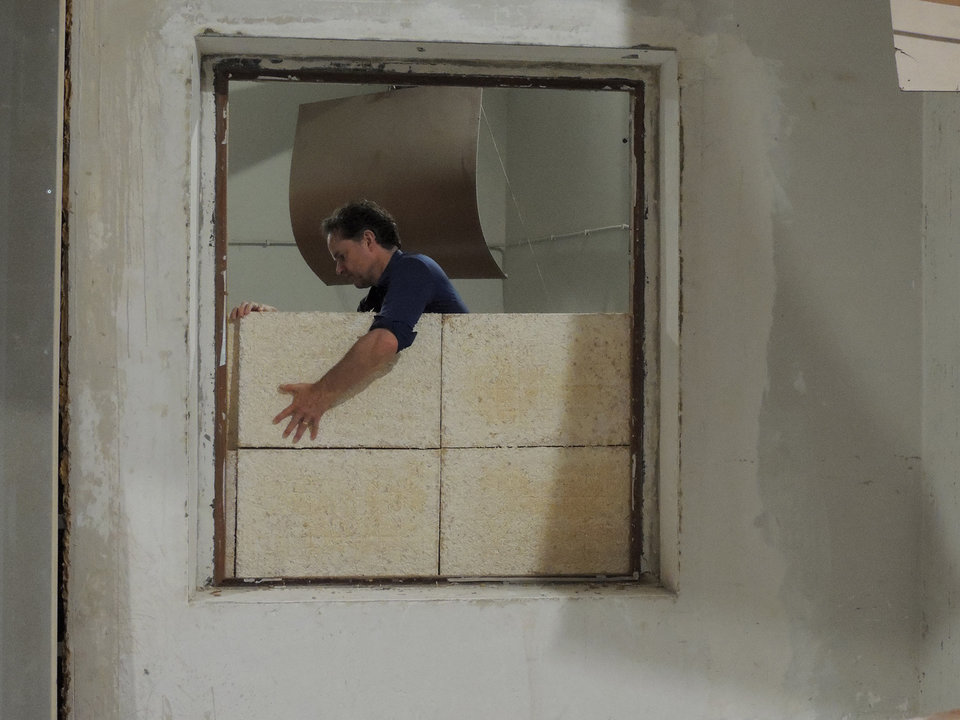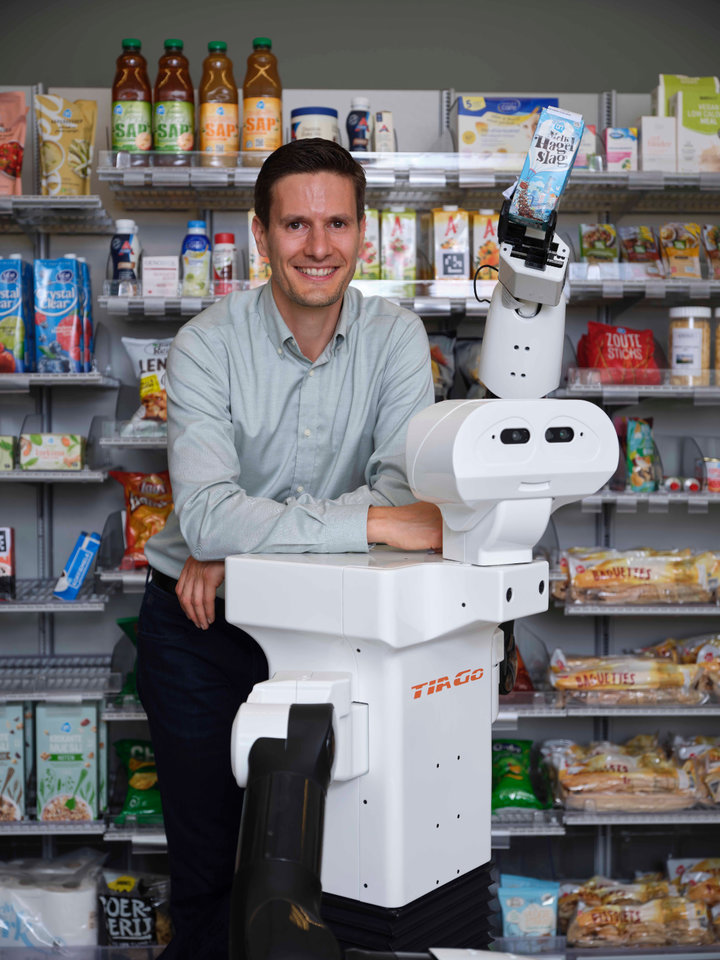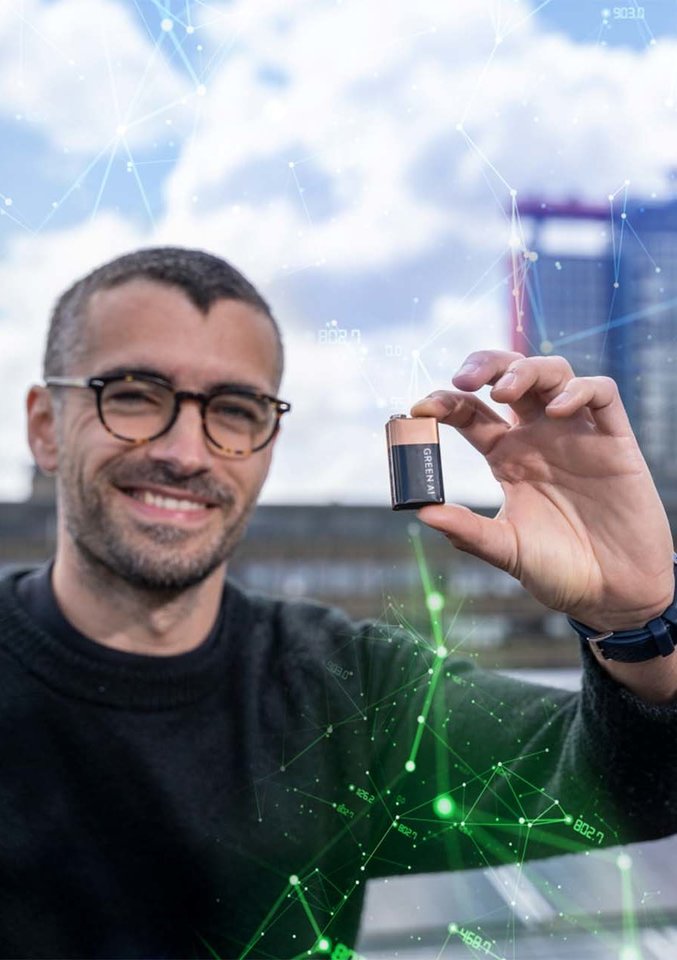Protecting a Sustainable Future
For Marjan Popov it is clear: our society is at a crossroads. “We are undertaking perhaps the biggest engineering challenge of our time – we are radically changing the electricity grids.” According to him, the complexity of the electricity grids is comparable to the human body. “Similar to how patients are treated, in terms of taking care of their health, we should always monitor, control, and protect the electricity grids. I make this comparison because both the human body and the electricity grid are vulnerable to many different diseases, or disturbances, and some of them can have serious consequences. Therefore, undertaking comprehensive security and safety measures is an essential part of our energy transition.”
Popov, recently appointed as a Professor in Protection of Sustainable Power Systems, prefers to start with a brief history of different technologies that have been developed over the years – all leading to the society we have now. According to him, understanding the complexity of electrical power systems and associated phenomena has led to has led to the grid we have now, not the other way around. Take for example the earliest research into the intricate challenges of electrical power systems, which emerged with the pioneering work of the inventor Nikola Tesla in 1896. This led to him developing a three-phase generator that could provide transport of electricity over long distances. Only after this did he realize the first transmission network, built between Niagara Waterfalls to Buffalo, which marked the beginning of the electrification of the world.
Digitalisation as both challenge and solution
"Now our society and technology are beginning to digitalize more and more, and we are becoming increasingly dependent on sustainable energy sources. This is pushing scientists and engineers to the limits of traditional network architectures. However, although these new and emerging technologies bring a range of challenges, they also provide the necessary solutions," says Popov. "Technologies such as quantum computers and digital twins will offer tools and applications that can be used to improve the monitoring, control, and protection of energy systems. We will likely need to use these potentially radical tools to achieve a new paradigm in network management and protection."
“Take conventional large power resources," Popov continues, "they use mostly fossil fuels to power our electricity grid. With the use of renewable energy, we introduce a near unlimited supply energy resources. Which raises the question: how we collect these nearly unlimited amount of resources and provide reliable and secured supply? The same fundamental science that has led to this new paradigm, should be used in finding a solution.“
The complexity of the electrical grid is therefore increasing rapidly. Detailed computer simulations, known as digital twins, offer a chance to better understand this complexity. They can lay out the entire operational process, based on real-time data from algorithms and models. "Perhaps we should think even further? We can understand these digital twins even better with new AI methods. These could, for example, be very helpful in detecting or even predicting faults. Or they could suggest corrective measures, ultimately contributing to a robust network."
Towering expectations
"Currently, our network operates with an incredibly high reliability of about 99.9946%. Consumers, and the industry, are highly dependent on this reliability. This puts us engineers somewhat in a tight spot: such reliability is the result of years of knowledge and optimization, which we now need to replicate in a short period." Network resilience and stability are heavily dependent on the system's strength and are sensitive to frequency variations.
"The Italian power outage of 2003 is a good example to show how critical a robust energy network is. Here, a relatively small fault led to a massive, cascading power failure. It really underscores for me the need for robust protective measures—we need them to provide effective system resilience." However, Marjan later acknowledges that the incident did lead to new research into the use of extensive algorithms for virtual partitioning of the energy system. This has resulted in network configurations that can isolate power outages in so-called 'islanding.' By isolating a fault, the rest of the network remains protected against a complete failure. More such controlled islanding will be the inevitable solution for the future, which, depending on the fault location, will virtually divide the system into areas and only remove the area affected by the fault, so that the rest of the system can continue to operate normally.
The critical role of transformers and the impact of resonance effects have been a focal point in Popov's research. Among other things, he studied how resonance phenomena between transformers and cables developed, and under what circumstances this can lead to deteriorating equipment lifespan.
Finding errors in fractions of seconds
“In future power systems, it will be harder to detect faults, because of the lower amplitudes and shorter durations of the short circuit currents. This is yet another challenge.” Present relays operate mostly by detecting higher current amplitudes compared to current amplitudes occurring during normal system operation. In this way, protection settings are based on having strict threshold values. In the future, protection schemes will evolve in response to the increased system complexity toward adaptive (settingless) protection based on real-time measurements. This innovative approach removes the reliance on predetermined thresholds, allowing for more responsive and accurate fault detection.
The implementation of Wide Area Monitoring and Protection (WAMP) technologies, utilizing synchrophasors presents comprehensive solutions based on real-time measurements. These measurements can be used to enable different algorithms for dynamic system ratings and anomaly detection, facilitating prompt corrective actions to maintain system integrity. “Furthermore, WAMP can provide faster detection of system disturbances than currently applied Supervisory Control and Data Acquisition (SCADA) systems. These systems only provide updates every two or four seconds, however, in the future, faster measurements will be needed to detect the occurrence of faster disturbance.”
These systems only provide updates every two or four seconds, however, in the future, faster measurements will be needed to detect the occurrence of faster disturbance.
